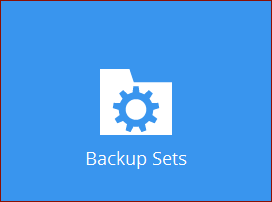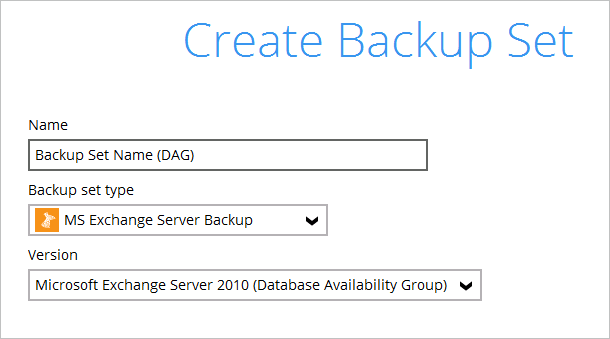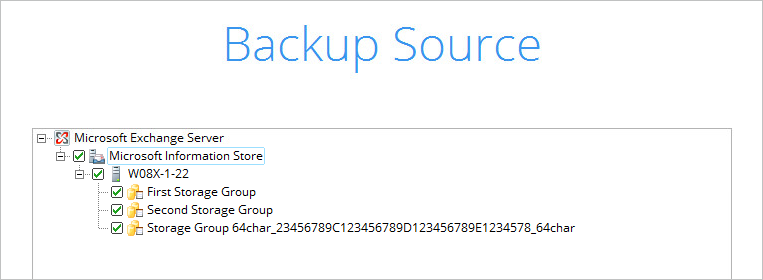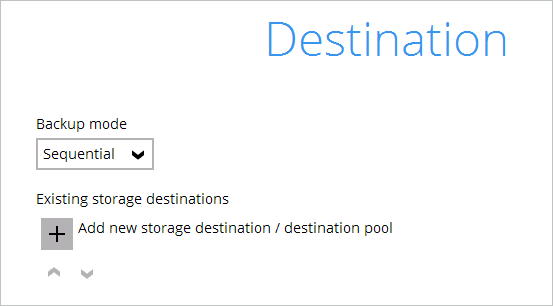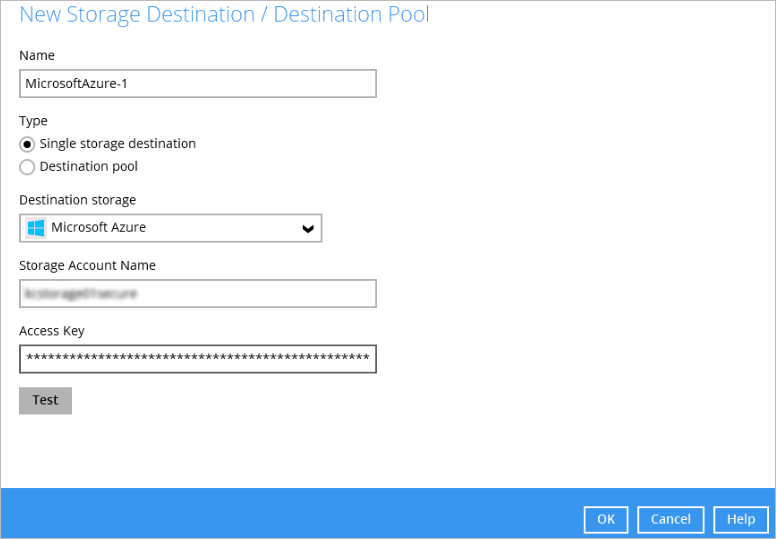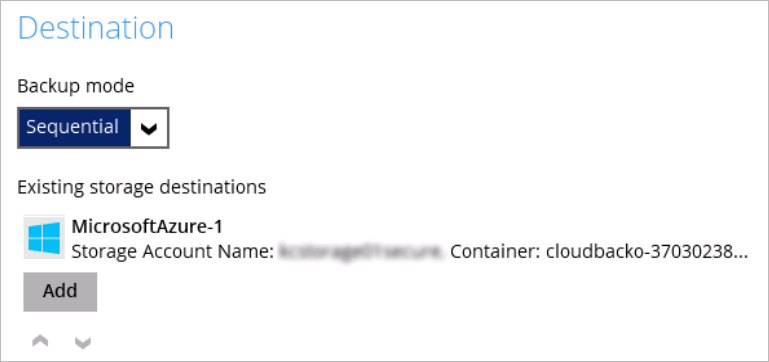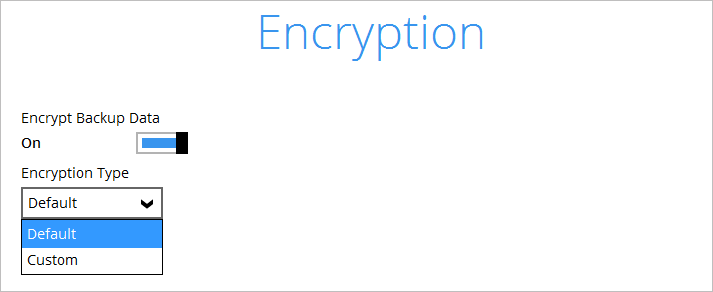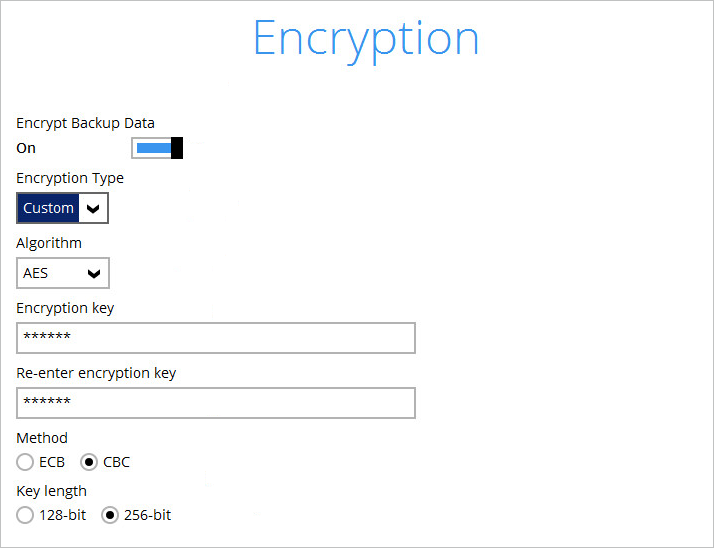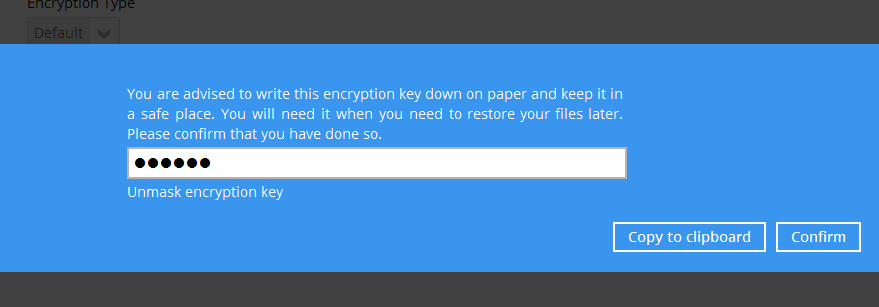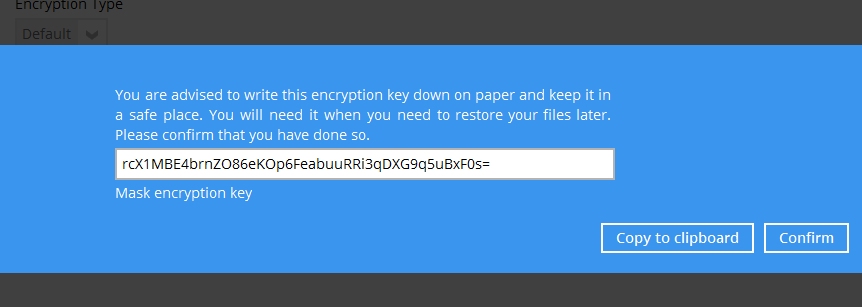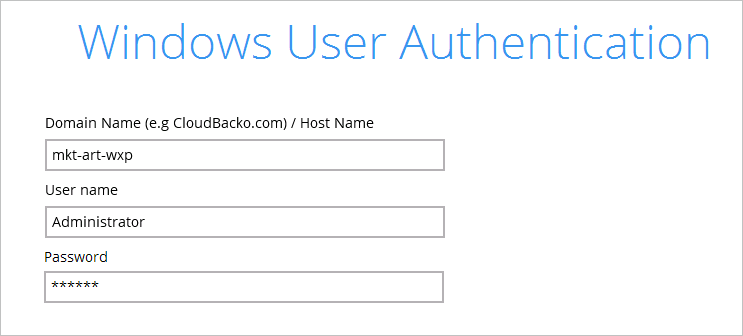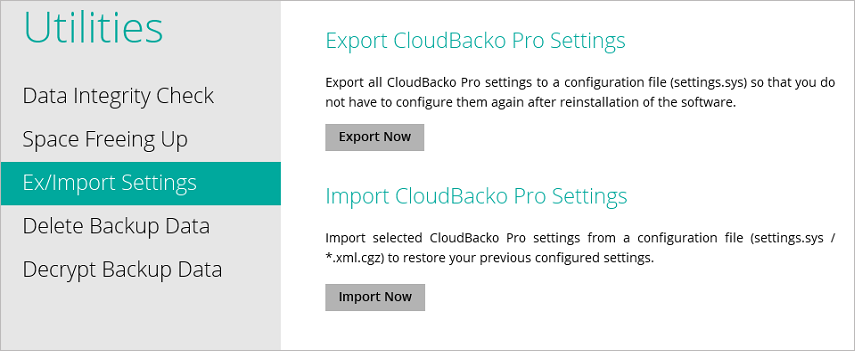User Tools
Sidebar
Table of Contents
Backup Exchange DAG
Below are the steps for backing up all the nodes within an Exchange DAG environment.
License Requirement
One CloudBacko Pro license CAL with one Exchange Server Add-on Module is required from each installation of the CloudBacko Pro on the DAG environment.
Create Backup Set
1. Click the Backup Sets icon on the main interface of CloudBacko Pro.
2. Create a new backup set by clicking the “+” icon next to Add new backup set.
3. Select the Backup set type as MS Exchange Server Backup. Make sure you choose the correct Exchange Server version with “Database Availability Group”. Name your new backup set and then click Next to proceed.
4. In the Backup Source menu, select the Information Store for backup. Click Next to proceed.
In the Schedule menu, you can configure a backup schedule for backup job to run automatically at your specified time interval. Click Add to add a new schedule, then click Next to proceed when you are done setting.
By default, a database backup scheduled for every Friday at 22:00 and a log backup scheduled daily (except Friday) at 22:00 are created.
5. In the Destination menu, select a backup destination where the backup data will be stored. Click the “+” icon next to Add new storage destination / destination pool.
6. Select the destination type and destination storage that is accessible by all the nodes in the DAG (e.g. Microsoft Azure), then click OK to proceed.
7. When you are done with the settings, click Next on the Destination menu page to proceed.
8. In the Encryption window, the default Encrypt Backup Data option is enabled with an encryption key preset by the system which provides the most secure protection.
You can choose from one of the following three Encryption Type options:
- Default – an encryption key with 44 alpha numeric characters will be randomly generated by the system
9. If you have enabled the Encryption Key feature in the previous step, the following pop-up window shows, no matter which encryption type you have selected.
The pop-up window has the following three options to choose from:
- Copy to clipboard – Click to copy the encryption key, then you can paste it in another location of your choice.
- Confirm – Click to exit this pop-up window and proceed to the next step
10. Enter the Windows login credentials for user authentication. Click Next to proceed.
11. The following screen shows when the new backup set is created successfully. DO NOT click the Backup now button on this screen.
i. Do not click the Backup now button. Click the Close button instead and go back to the main menu. Now we need to export the settings on this first node, and then import to the second node, export the settings on the second node and import to the third node, etc. until the last node in the cluster. Lastly, export the settings on the last node and import to the first node to complete the process.
ii. Choose to export the setting file to any volume in the cluster storage which is visible to all nodes.
iii. Now go to the second node and launch CloudBacko Pro. Go to Utitlities > Ex/Import Settings, and click Import Now button.
iv. Select the settings.sys file from the location you saved it in the first node. In the Settings screen, check all the checkboxes.
v. You should see Successfully import selected settings after successful import.
vi. If you have a third node, export the settings from the second node and perform step v to vii on the third node.
vii. Perform v to viii until reaching the last node. Then, export the settings from the last node and then go to the first node and import the settings to the first node.
viii. On each node, go into Backup Sets, select the Exchange DAG backup set, and in the Owner filed, you should see all nodes there.
12. Backup will run automatically on all the DAG nodes at the configured scheduled backup time.

